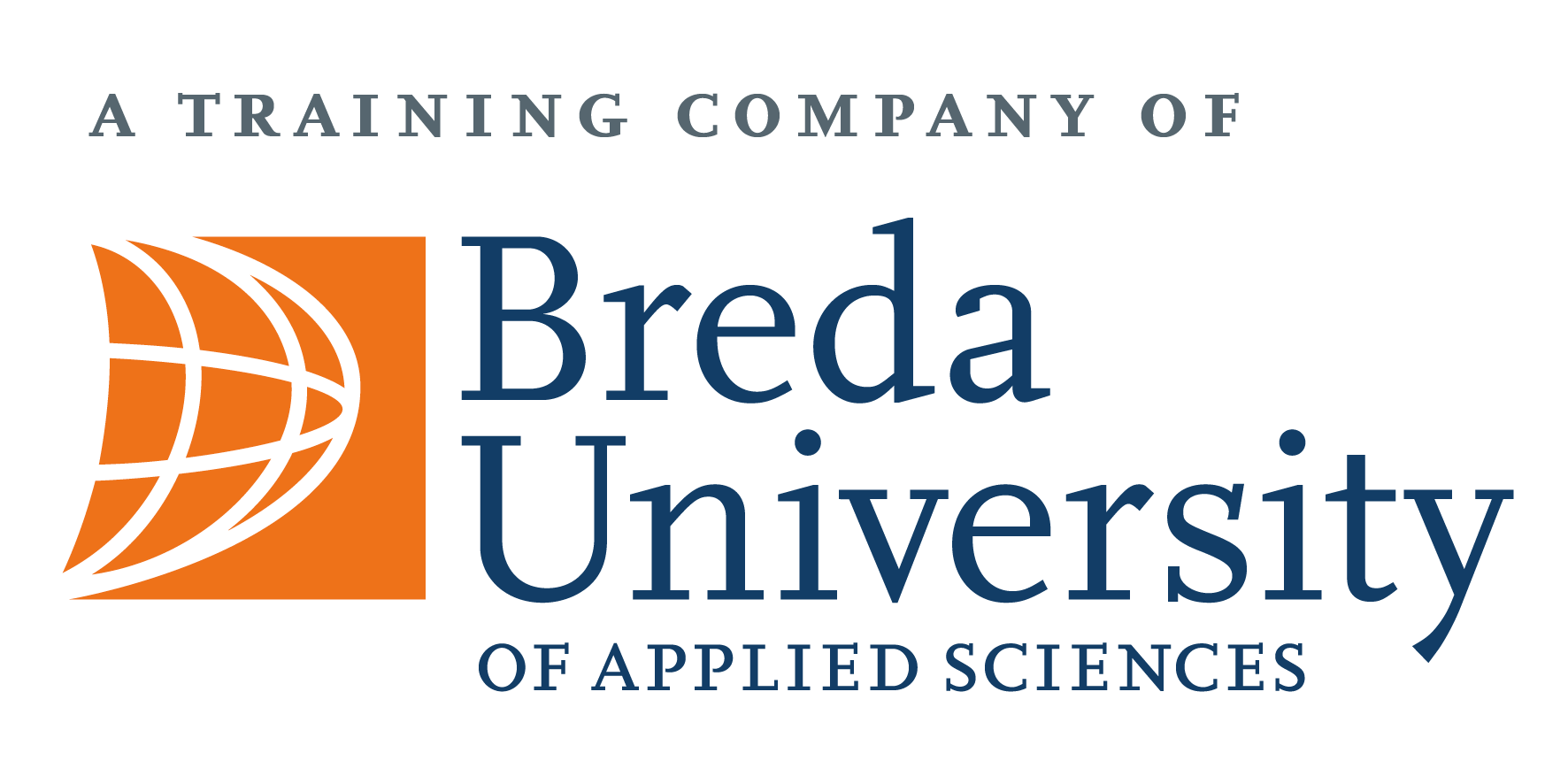Some foods are less harmful to the planet -it’s a fact many people know. Food production accounts for one-fourth of greenhouse gases. Things like meat or tropically imported fruits are high on the list. Maybe you want to do your part in trying to get that number down, but you're not sure how to on a strict student budget. If you want to have a smaller carbon footprint and a lighter taxing existence on our planet, look no further and see how you can get started!

By altering your diet, you could not only help mother earth, but you could also reduce your grocery bills. According to the world bank's price comparison, eating vegan could decrease your bills by 34%, and even becoming flexitarian (Someone who occasionally eats meat) could save you 14%.
At this point, you must be on the edge of your seat to know the foods I am talking about, so I will no longer keep them to myself.
Beans & lentils
First on the list is beans and lentils. These plant-based products are packed with lots of protein (up to 25 grams per 100 grams!) and are a great alternative to meat! There are tons of recipes using beans and lentils as protein sources, so don’t be afraid to try them all out! Here is a recipe using beans in a vegan burger recipe, which only costs 0,49 cents per serving, which makes this burger recipe much cheaper than if you were to buy a burger at a store, where a burger can be more than a euro.
Tofu
Tofu is number two on the list -and okay, I know what you are thinking. That nasty block of white goo? That can’t be appetizing. But hear me out; the possibilities when it comes to cooking, baking, and frying tofu are endless. It goes well in noodles, salads and soups so there is enough variety to try out!
Natural yeast
Another one on the list is something you might have never heard of, but that doesn’t mean the product isn’t great. Nutritional yeast (Something you can buy at Holland en barret) is a product that has a cheesy taste and, you guessed it, is high in protein. This cheesy replacement works great in all kinds of pasta and makes you the opportunity to skip the real cheese, which has a bigger carbon footprint than pork and poultry farming combined. Here you have 25 recipes using nutritional yeast.
Pumpkin

Globally, fruits and vegetables are great foods to implement in your diet, as they have a much lower carbon footprint than animal-based products. Especially locally grown and in-season fruits and vegetables are a good choice. Not only taste-wise but also when it comes to helping our planet!
Currently, pumpkin is in season, which you can use in any one of these pumpkin recipes. Other than that, pears, mushrooms, eggplant, tomato, and carrots are in season as well.
But hey, sometimes you want something delicious that just isn't that good for the planet. Totally fair, too. Luckily, there is an app that has got your back. Too Good To Go is an app in which you can buy ‘magic boxes’. These are boxes where you can get food and drinks for a discount to save them from being thrown away. That, of course, is amazing for reducing food waste, so be sure to check it out! A fun thing about the app is that you can see how much co2 you’ve saved, so you can happily look at that while you eat your saved meat or chocolate! (PS. The Albert heijn has its own app now with the same idea called Overblijvers!)
I hope these products can help you on your mission to become more climate-friendly, so good luck on your journey!

